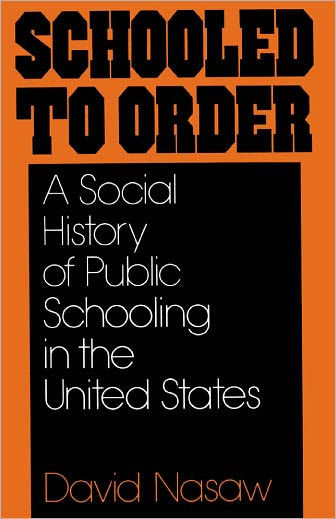5
1
9780195028928



Schooled to Order: A Social History of Public Schooling in the United States / Edition 1 available in Paperback, eBook

Schooled to Order: A Social History of Public Schooling in the United States / Edition 1
- ISBN-10:
- 0195028929
- ISBN-13:
- 9780195028928
- Pub. Date:
- 02/05/1981
- Publisher:
- Oxford University Press
- ISBN-10:
- 0195028929
- ISBN-13:
- 9780195028928
- Pub. Date:
- 02/05/1981
- Publisher:
- Oxford University Press

Schooled to Order: A Social History of Public Schooling in the United States / Edition 1
$43.99
43.99
In Stock

Product Details
| ISBN-13: | 9780195028928 |
|---|---|
| Publisher: | Oxford University Press |
| Publication date: | 02/05/1981 |
| Edition description: | New Edition |
| Pages: | 320 |
| Product dimensions: | 8.44(w) x 5.88(h) x 0.77(d) |
| Lexile: | 1500L (what's this?) |
| Age Range: | 18 Years |
About the Author
From the B&N Reads Blog

